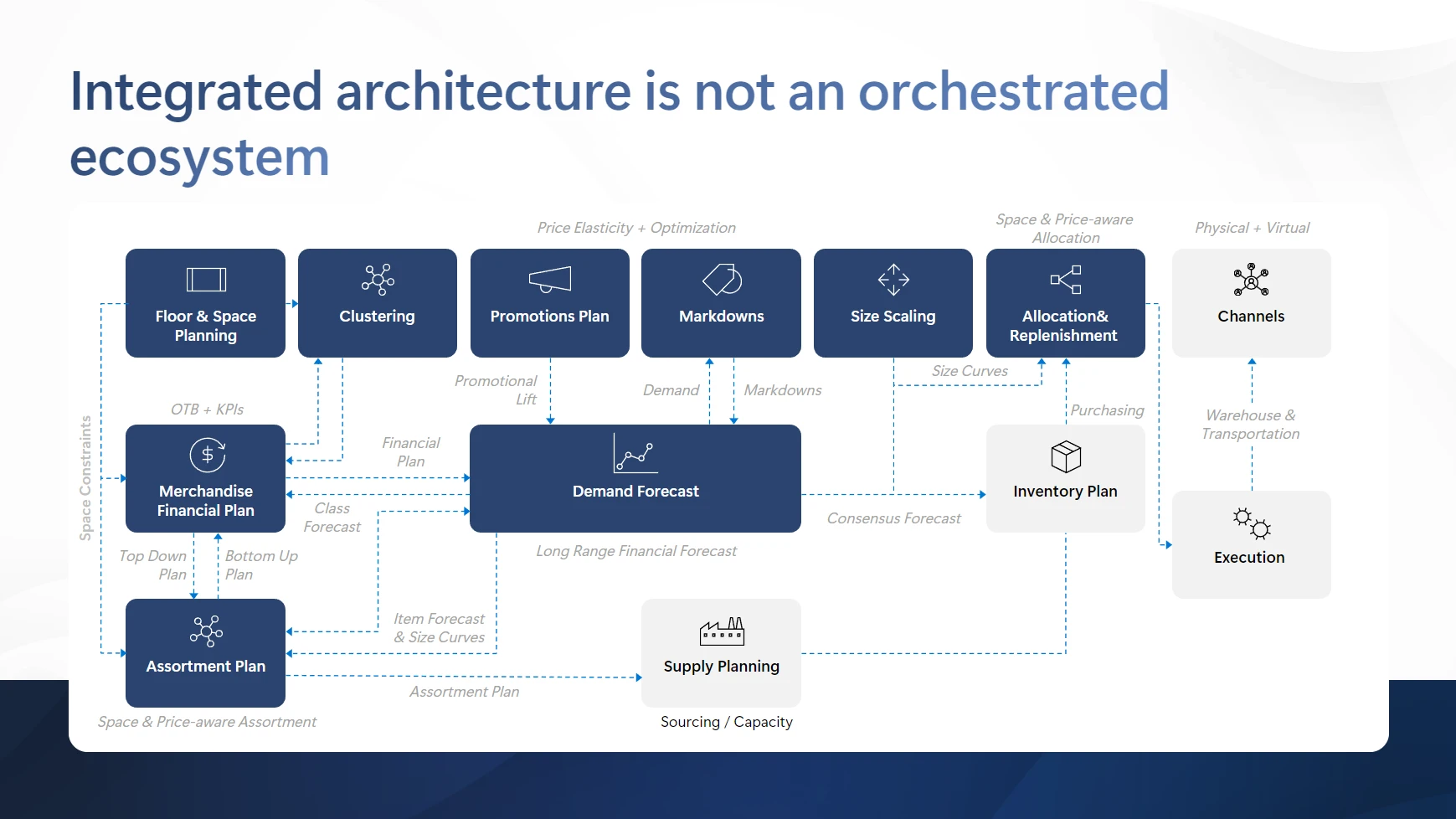Notizie per Categorie
Articoli Recenti
- Explore practical best practices to secure your data with Microsoft Purview 25 Aprile 2025
- New whitepaper outlines the taxonomy of failure modes in AI agents 24 Aprile 2025
- Understanding the threat landscape for Kubernetes and containerized assets 23 Aprile 2025
- [Launched] Generally Available: Instance Mix for Virtual Machine Scale Sets 22 Aprile 2025
- Microsoft’s AI vision shines at MWC 2025 in Barcelona 22 Aprile 2025
- [Launched] Generally Available: Announcing the Next generation Azure Data Box Devices 22 Aprile 2025
- [Launched] Generally Available: Cross-Region Data Transfer Capability in Azure Data Box Devices 21 Aprile 2025
- [Launched] Generally Available: Azure Ultra Disk Storage is now available in Spain Central 21 Aprile 2025
- [Launched] Generally Available: Azure Firewall resource specific log tables get Azure Monitor Basic plan support 21 Aprile 2025
- Hannover Messe 2025: Microsoft puts industrial AI to work 21 Aprile 2025
Supply chain AI for the new era of value realization
This post was co-authored by Ben Wynkoop, Global Retail Industry Strategies, Grocery & Convenience, Blue Yonder.
Maximizing AI: Category management and more
Buying habits shift quickly in today’s consumer-driven world. For retailers, especially grocers, providing customers with affordable, fresh, and convenient options while navigating the impacts of inflation and supply chain disruption is critical. Meeting these expectations requires creating and maintaining a supply chain centered around customer demand—no easy task when supply chain functions are siloed, data is disparate, and needs change from day to day.
Together, Blue Yonder and Microsoft are unlocking a new era of value for retailers with AI. With AI-powered solutions, retailers can empower their teams to make decisions based on access to real-time data and intelligent insights. AI has allowed us to reimagine planning, making it possible for retailers to operate more effectively by transforming category management into an agile, responsive, and ongoing process that is tightly synchronized with the broader supply chain.
Microsoft Cloud for Retail
Connect your customers, your people, and your data

AI-powered category management makes it simple to keep the end consumer the focal point of your supply chain functions, helping retailers quickly achieve several critical capabilities:
- Address demand across every channel
- Plan at the hyperlocal level
- Optimize for demand in real time
- Factor in space and labor parameters
- Monitor and adjust instantly
- Identify and respond to opportunities and concerns quickly
- Enable continuous learning with constant space and assortment performance feedback
- Share updated demand forecasts across the supply chain
Enabling AI in this way facilitates a constantly improving demand forecast as the AI model builds iteratively on the data provided, allowing planners across the entire value chain to make better decisions for the business. It’s clear that, properly integrated, AI is not just a technological advancement but rather a strategic tool that can lead to improved customer experiences, operational efficiencies, and ultimately, financial growth and scale for retailers.
Blue Yonder and Microsoft teams recently collaborated to present a webinar titled “Supercharge Your Category Management Process with AI Assistance.” In this presentation, we introduced category managers to the many ways AI-powered assortment can help streamline category management and empower faster, smarter decision-making.
But category management is just one piece of the modern supply chain puzzle. In this blog post, we’ll discuss some of the major connecting points between category management and the overarching supply chain and how understanding the interplay between components can help you begin to realize the art of the possible with supply chain AI.
To that end, we’re looking at three major considerations for making the most of category management within a broader, AI-powered supply chain.
1. Synchronizing with the overall supply chain
influence of generative ai on retail and consumer goods
One crucial thing to consider is the extent to which your category management process must be synchronized with the broader supply chain to enable an agile, responsive, iterative process. This requires thinking about how you get the initial data, and then how you operationalize it — how you put the data to work. Everything should be framed in terms of the end consumer as the focal point, making sure that you address demand across all channels. Doing so normalizes the physical and the digital channels, enabling hyperlocal planning at the individual store level.
It used to be that whatever the practice was, you would cluster stores and talk about stores that had similar formats, planning similarly for all store locations based on one generalized model. Now, with the integration of AI-powered insights and analytics, we’re getting into hyperlocal store planning, where you can really reflect not only the local community shoppers who are making the trip into brick-and-mortar locations, but also support the way that buyers want to shop online, normalizing those two experiences.
But this also requires acute awareness around demand planning, as you have to essentially make sure that demand planning is optimized in real time. This is why the correlation with the supply chain is so important: because you’re reflecting the latest trends, but you’re also working around the space and labor parameters in the store and optimizing in real time to make sure that demand planning is updated accordingly. This ability to execute on constantly changing data across workstreams—to monitor and adjust on the fly—is key to achieving the agility piece that’s so necessary for responding with flexibility to market demands and driving better margins for the business.
2. Enabling collaborative data sharing
Put your data to work
Data sharing sits squarely at the intersection between retail consumer goods and category management. In an AI-supported category management process, you have category captains managing entire shelves of a category and gleaning invaluable insights in the process about the performance of products on the shelves, both physical and digital. These insights inform and support their retail partnerships in ways that weren’t possible until very recently.
Cross-capability data sharing allows you to identify the problems and root causes, understand them quickly, take action, and then implement that continuous learning. With interoperability, you can leverage that AI-powered continuous learning component around space and assortment performance, feeding that data back into the forecasting engine to generate an updated view of demand that can be shared across the supply chain so that the demand forecast is constantly improving, allowing planners across the entire value chain to make better decisions.
But a plan is only as good as the ability to execute it, so we move on to thinking about the execution piece and how to optimize that with store-level compliance.
3. Pulling in the store as a node in the supply chain
Bring AI to the shopper journey
Syncing this concept of category management with the supply chain is critical for high-impact results because this is where operationalizing your data becomes real. It’s important to understand that integrated architecture is not an orchestrated ecosystem. In order to have a holistic view of the business, synchronization has to take place. You’re reducing the latency to have better data synchronization across various supply chain functions; you’re enabling the collaboration both with store associates but also with brands and retailers, empowering adaptive decision-making by connecting the planning and execution functions.

What’s pivotal to realize here is a theme that we’ll see become more prominent over time: the store is now a huge data source that needs to be integrated with the rest of the supply chain. As we see customer experience playing an increasingly pivotal role in the supply chain, we see a greater need to incorporate store-specific data. It’s no longer that we’re just optimizing store operations off to the side—the store and its operations are now part of the supply chain itself.
Many organizations seek to address concerns around siloed technology, and yet, the retail store often continues to be an overlooked component. Many retailers have warehouse management systems that are connected to their transportation management solutions (TMS), but very rarely do they also connect the stores as being a node in the supply chain for real inventory visibility. So, when we think about optimizing across the different channels with e-commerce and fulfillment, structuring warehouses and the fulfillment network, it becomes more relevant to connect the data across these functions.
Powering a connected supply chain with Microsoft and Blue Yonder
Integrated AI across the supply chain has incredible potential to enhance business performance and reduce volatility with predictive intelligence. Together, Microsoft and Blue Yonder are making it easier for retailers to get ahead with technologies that empower agility, transformation, and innovative operations at scale.
Bringing together the best of supply chain technology and cloud platform capabilities, Blue Yonder and Microsoft are at the forefront of a cognitive revolution of supply chain innovation. Blue Yonder’s Luminate® Cognitive Platform lays the foundation for a truly intelligent autonomous supply chain with predictive and generative AI capabilities that are industry-specific. It’s built on Microsoft Azure, which is a game changer in the cloud platform space, ensuring data is unified for centralized and accessible insights. Our partnership enables supply chain innovation by connecting information across the value chain for better collaboration, scalability, security, and compliance.
Sainsbury’s: Results that speak for themselves
Sainsbury’s is a trusted UK brand, loved by millions of consumers and operating more than 2,000 store locations across its Sainsbury’s and Argos brands. A longtime user of Blue Yonder’s warehouse management, Sainsbury’s sought to implement new AI-powered solutions in 2023 to improve forecasting and replenishment capabilities and increase sustainability.
Blue Yonder has helped Sainsbury’s to tackle several significant goals:
- Realizing improvements in inventory stockholding and availability key performance indicators (KPIs) with machine learning (ML) forecasting and multi-echelon replenishment
- Transforming Sainsbury’s architecture and business processes to become easier to understand, scalable, resilient, and nimble, as well as able to support any future business changes quickly
- Reducing the current number of key systems to eliminate redundant functionality, reduce technology risk, and improve the user experience for colleagues, suppliers, and business-to-business (B2B) customers
- Offering a more automated, simplified user experience and standardized workflows to increase user productivity
Our partnership with Sainsbury’s has already resulted in significant savings for the organization as part of its ongoing plan to future-proof the business. Sainsbury’s leadership confirmed in April 2024 that the company is unlocking significant savings and have already improved ambient availability, using real-time forecasting to optimize sales, waste, and stock equation.
Implementing Blue Yonder’s solutions built on the resilient, scalable Microsoft Azure cloud platform, Sainsbury’s has elevated its ability to monitor and respond to changing customer needs with new capabilities allowing prediction and prevention of potential supply chain disruptions. Blue Yonder has helped Sainsbury’s take advantage of ML-based forecasting and ordering capabilities to help stores better manage fresh and perishable products, while also achieving visibility, orchestration, and collaboration across the end-to-end supply chain, using automation to make better business decisions.
Explore solutions from Microsoft and Blue Yonder
- Learn more about Blue Yonder category management and Microsoft Azure
- Learn more about Blue Yonder Luminate Cognitive Platform
- Learn more about Blue Yonder Orchestrator
- Explore Microsoft Cloud for Retail
The post Supply chain AI for the new era of value realization appeared first on Microsoft Industry Blogs.
Source: Microsoft Industry Blog
